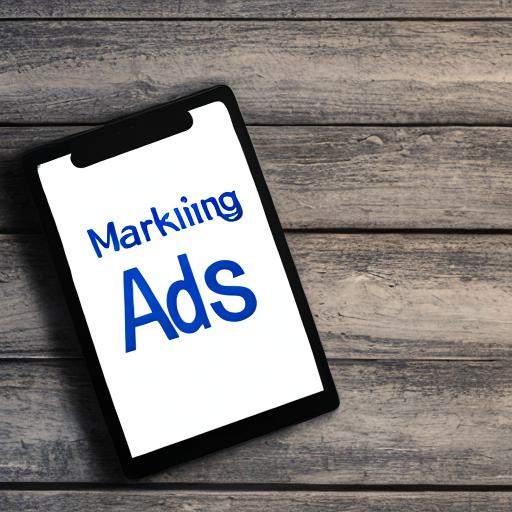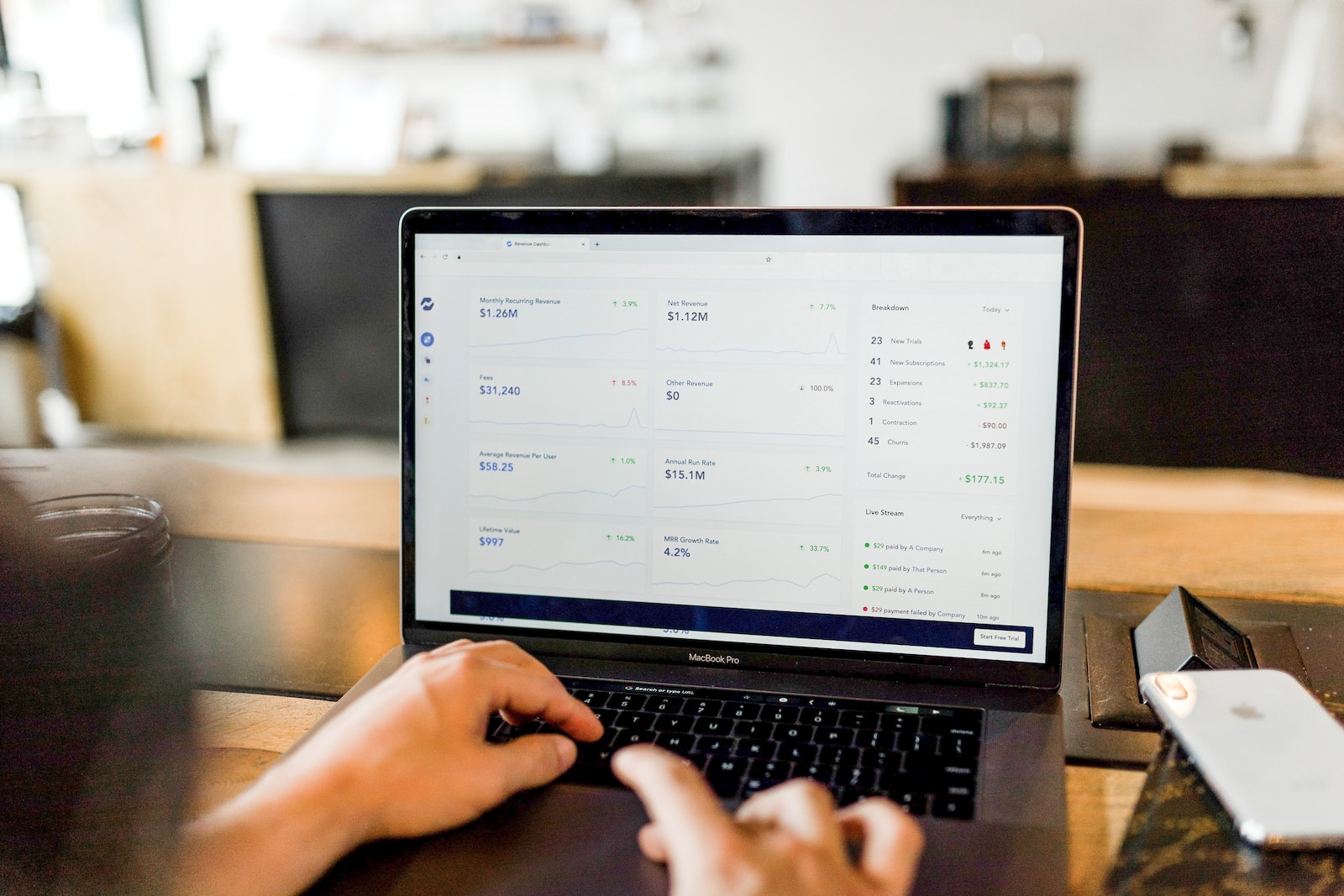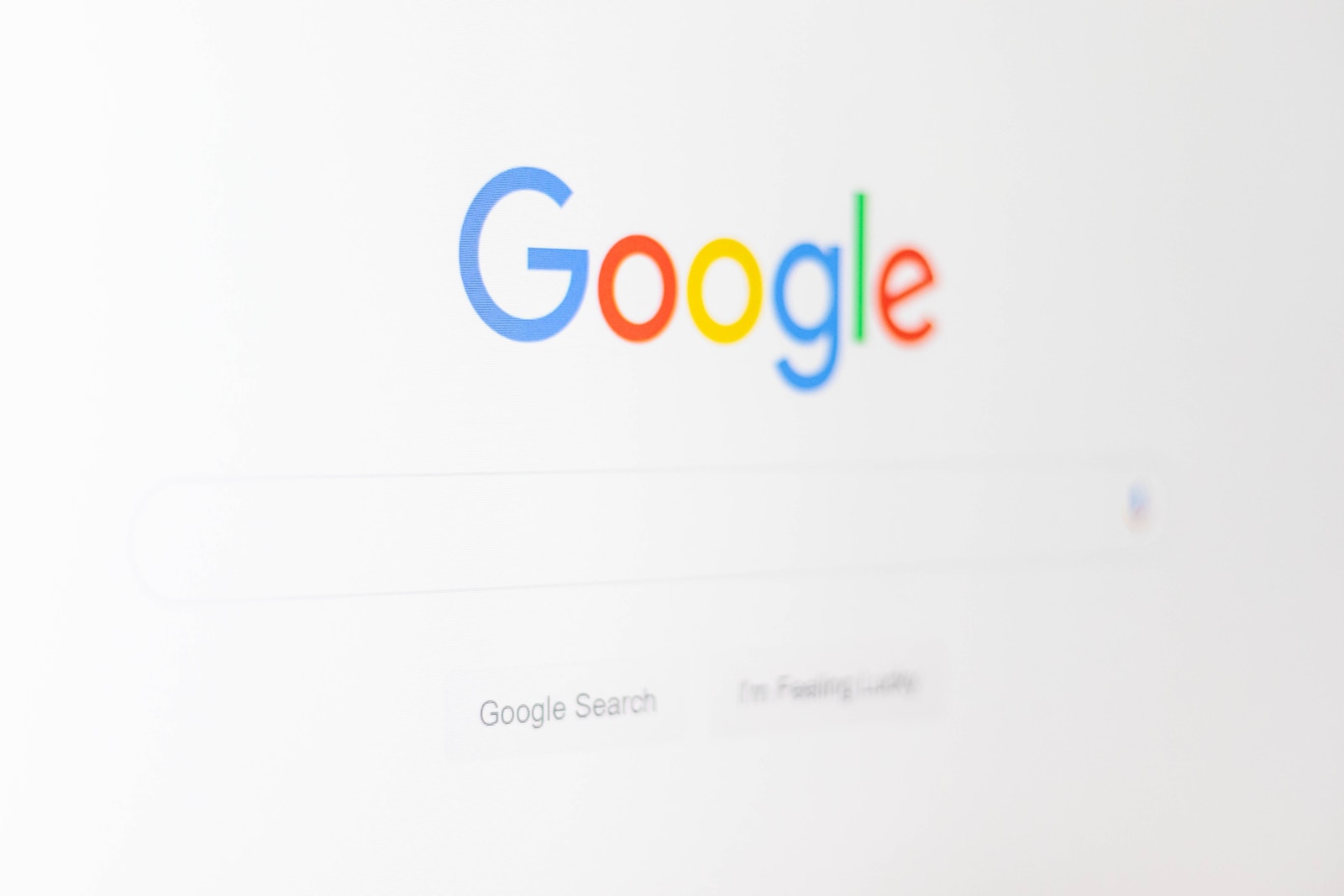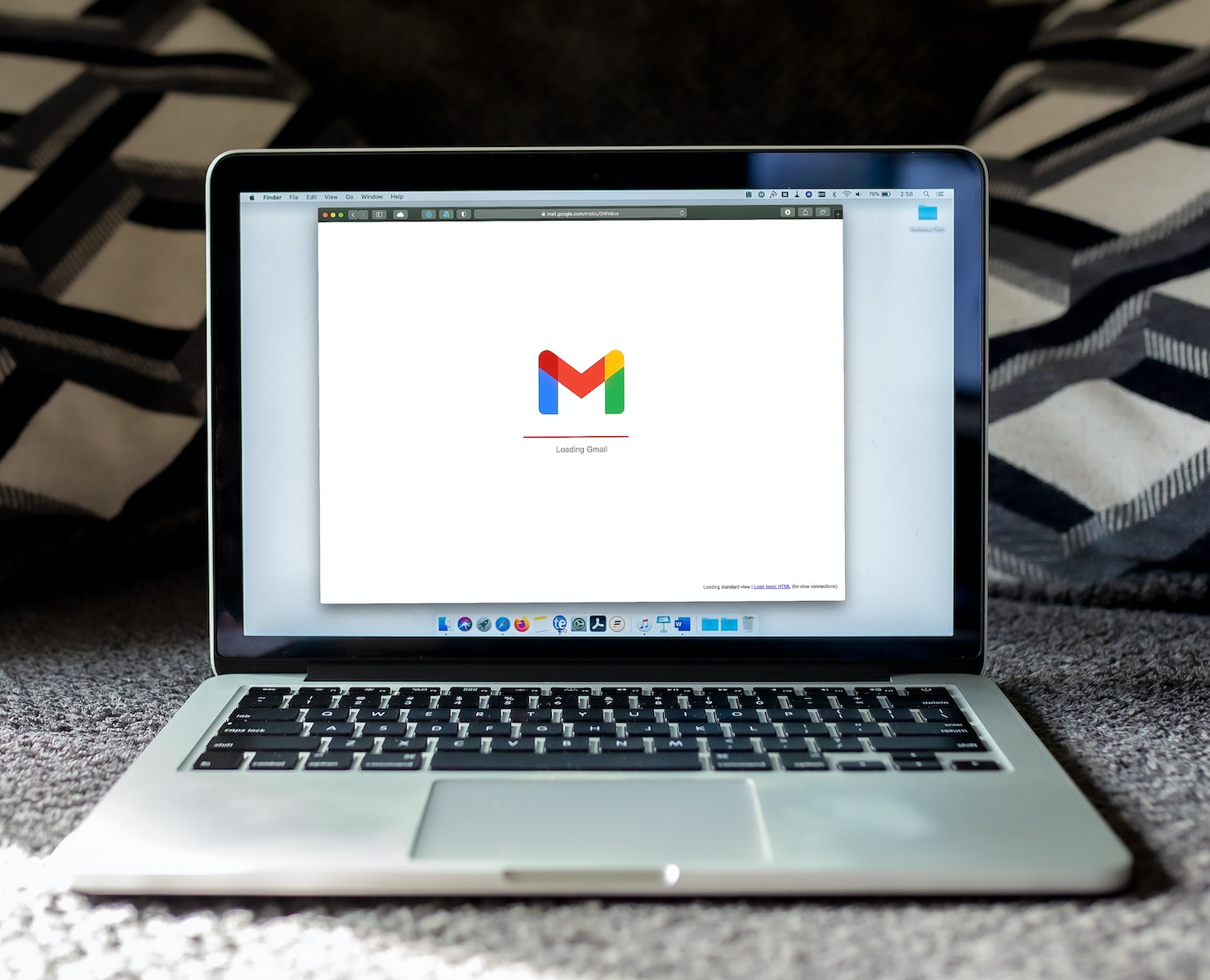In the world of online advertising, marketers are constantly looking for innovative ways to target specific audiences most likely to engage with their advertisements. One such way is to take advantage of Google Ads’ audience marketing feature, which allows businesses to reach people who are already interested in their products and services. In this guide, we’ll explore the different types of audiences businesses can target using Google Ads, and how to choose them correctly to maximize the impact of your ad campaigns.
What is audience marketing in Google Ads?
Audience marketing is a feature built into Google Ads that allows businesses to target specific groups of people interested in their products or services. Rather than targeting broad demographics such as age and gender, audience marketing allows you to market your products to people who have already shown an interest in what you do.
There are different types of audiences you can target using Google Ads, including:
Audiences de remarketing
Remarketing audiences are people who have visited your website before and become interested in your products or services. By targeting these people with relevant ads, you can remind them of your business and encourage them to come back and make a purchase.
Lookalike Hearings
Lookalike audiences are groups of people similar to your existing customers. Google Ads uses machine learning to analyze your website data and find people who share similar interests and behaviors as your current customers.
In-market audiences
In-market audiences are people who are likely to search for products or services similar to yours. Google Ads uses data such as their search and browsing history to identify people who are actively searching for products or services in your industry.
Custom Audiences
Custom audiences are groups of people that you define yourself, such as your email list or social media followers. By uploading these listings to Google Ads, you can specifically target people who have previously interacted with your business in some way.
Benefits of audience marketing
One of the main benefits of audience marketing in Google Ads is that it allows you to go beyond traditional keyword targeting. Instead of relying solely on keywords to determine when your ads show, you can now use audience targeting to show your ads to the people who are most likely to be interested in your products or services.
By using audience marketing in Google Ads, you can unlock the potential for hyper-targeted, personalized advertising based on your ideal customer. This can help you achieve better results and get a better return on your advertising spend.
How to choose your audience well?
Choosing the right audience is critical to the success of your Google Ads campaigns . Here are some tips to help you choose your audience wisely:
Define your goals
Before you start targeting audiences, it’s important to define what you want to achieve. Are you looking to increase sales, generate leads, or increase brand awareness? Your goals will help you determine which types of audiences will be most effective for your business.
Identify your ideal client
Think about your ideal customer and their characteristics. Consider factors such as age, gender, interests and behaviors. By creating a detailed buyer profile, you can target the people most likely to be interested in your product or service.
Utiliser Google Analytics
Google Analytics is a powerful tool that can provide you with valuable information about your website visitors. By analyzing data such as demographics, behavior, and interests, you can identify the types of audiences most interested in your website.
Experiment with different audiences
Don’t be afraid to experiment with different types of audiences. Test different retargeting campaigns, test different in-market audiences, and test custom audiences. By testing and optimizing your campaigns, you can identify which audiences are the best fit for your business.
Monitor your campaigns
Once you’ve identified your target audience, it’s important to monitor your campaigns to make sure they’re delivering the results you expect. Keep an eye on metrics like click-through rates, conversions, and cost per click . Use this data to continuously optimize your campaigns and improve your targeting.
Setting bids and budgets for audience campaigns
When setting bids and budgets for audience campaigns in Google Ads, it’s important to keep in mind that audience targeting can be more expensive than keyword targeting. This is because you are targeting a specific group of people who are more likely to be interested in your product or service, which can lead to higher click-through and conversion rates. So it’s important to set realistic bids and budgets that reflect the potential value of your audience.
You can do this by starting with a lower bid and budget and gradually increasing them as you get results. Keep track of your cost per click (CPC) and cost per acquisition (CPA) to ensure you get a good return on investment (ROI). You can also use bid adjustments to raise or lower your bids based on the value of a particular audience segment to you.
Another important factor to consider is seasonality. Depending on the time of year and the industry you are in, the competition for audience targeting can vary significantly. For example, if you’re targeting audiences for Christmas gifts in December, you may need to increase your bids and budgets to compete with other advertisers. On the other hand, if you’re targeting a niche audience that’s less likely to be targeted by other advertisers, you may be able to get away with lower bids and budgets.
In summary, setting bids and budgets for audience campaigns in Google Ads requires careful consideration of your audience’s potential value, ROI, and seasonality. By starting with lower bids and budgets and gradually increasing them, you can optimize your audience campaigns for success.
Tips for optimizing reach campaigns in Google Ads.
Optimizing audience campaigns in Google Ads is a key factor in unlocking the potential of audience marketing. Below are some tips that will help you optimize your audience campaigns and improve your results:
- Define your target audience: Start by defining your target audience. This can be done by analyzing your existing customer data or by creating customer profiles. Once you have a clear understanding of your target audience, you can create the right audience segments to target.
- Use the right targeting options: Google Ads offers a variety of targeting options, including demographics, interests, behaviors, and remarketing. Use these options to create highly targeted campaigns that will resonate with your audience.
- Test different ad formats: Test different ad formats to see which ones work best for your audience. This can include text ads, display ads, video ads, or even responsive ads that adapt to screen size.
- Use ad planning: Ad planning can be a powerful tool for optimizing your reach campaigns. Use it to target your audience when they’re most likely to be online and engaging with your ads.
- Monitor your results: Regularly monitor your results and make any necessary adjustments. Use the data to optimize your campaigns, adjust your bidding strategy and refine your targeting.
By following these tips, you can optimize your audience campaigns in Google Ads and unlock the full potential of audience marketing. Remember, it’s about understanding your audience, targeting them effectively, and continually refining your approach based on the data.
Conclusion
Audience marketing is a powerful tool for businesses that want to reach people who are already interested in their product or service. By taking advantage of the different types of audiences available through Google Ads, businesses can create targeted campaigns that are more likely to drive conversions. When choosing your audience, it’s important to define your goals, identify your ideal client, experiment with different audiences, and monitor your campaigns to make sure they’re delivering the results you expect. By following these tips, you can maximize the impact of your Google Ads campaigns and boost the success of your business.










